-
.jpeg) New in£7.90
New in£7.90 -
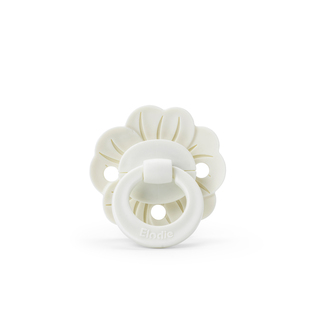 New in
New inBinky Bloom Natural Rubber 0-6 months - Vanilla White
£7.90 -
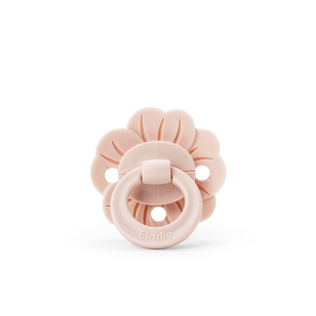 New in
New inBinky Bloom Silicone 0-6 months - Powder Pink
£7.90 -
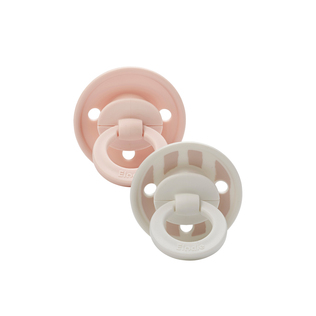
Binky Bundle Silicone 3+ months - Candy Stripes
£9.90 -
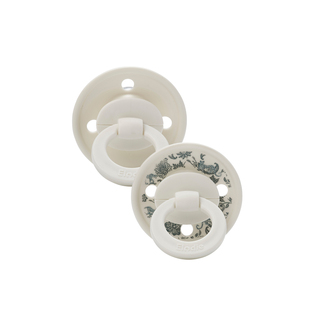
Binky Bundle Silicone 3+ months - Garden Leo Toile
£9.90 -
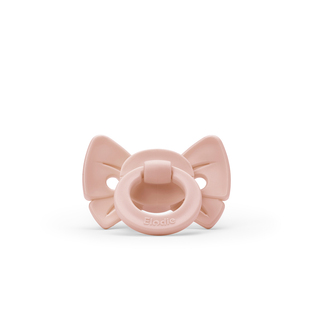
Binky Bow 3+ months - Misty Pink
£7.90 -
.jpeg)
Binky Bow 3+ months - Oat White
£7.90 -
%20kopiera.jpeg)
Binky Bloom Silicone 3+ months - Lavender Love
£7.90 -
.jpeg)
Soother 3+ months - Bambi Darling
£7.90 -
.jpeg)
Soother 3+ months - Chipmunk Darling
£7.90 -
.jpeg)
Soother 0-6 months - Bunny Darling
£7.90 -
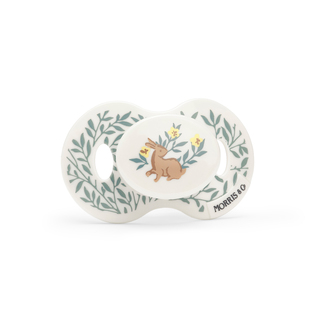
Soother 3+ months - Standen
£7.90 -
.jpeg)
Soother 3+ months - Darling Dalmatians
£7.90 -
.jpeg)
Binky Bloom Silicone 3+ months - Powder Pink
£7.90 -
.jpeg)
Binky Bloom Silicone 3+ months - Vanilla White
£7.90 -
.jpeg)
Binky Bloom Silicone 3+ months - Mineral Green
£7.90 -
%20kopia.jpeg) New in
New inBinky Bundle Natural Rubber 3+ months - Gelato Green
£9.90 -
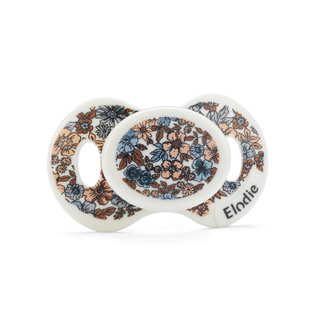
Soother 0-6 months - Blue Garden
£7.90 -
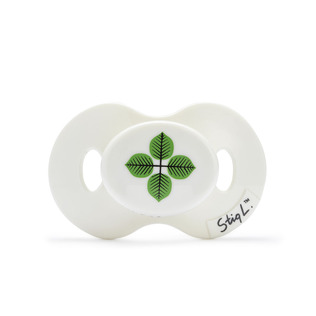
Soother 3+ months - Berså
£7.90 -
.jpeg)
Soother 0-6 months - Small People For Peace
£7.90 -
.jpeg)
Soother 3+ months - Free Bird
£7.90 -
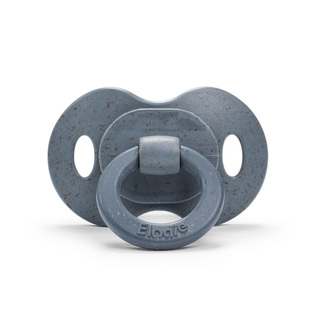
Bamboo Soother Orthodontic 3+ months - Tender Blue
£7.90 -
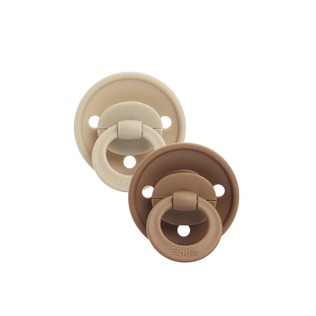
Binky Bundle Silicone 3+ months - Pure Khaki
£9.90 -
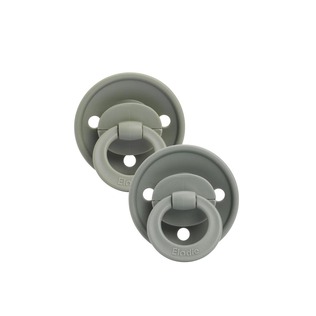
Binky Bundle Silicone 3+ months - Hazy Jade
£9.90
Soothers for baby and new-born
Pacifier, soother, binky, dummy - there are plenty of names for your child’s most treasured possession. We’ve gone with the word pacifier and in Elodie’s wide assortment you’ll find one for every unique taste or style. We are still the only brand where you can find pacifier clips specifically designed to match the style of the pacifier and create a perfect pairing.
Elodie Details has pacifiers for kids ages 0-6 months and another version that is suitable from 3 months and upward. We launch new styles frequently, always in line with the season’s colours and trends.
At Elodie you’ll find pacifiers with orthodontic silicone suction teat, designed to prevent dental irregularities in the future and benefit a healthy development of the jaw and teeth of your baby. We also have pacifiers with a round suction teat in natural rubber (also known as Latex).
You can also find our Bamboo pacifiers – made in part with renewable, plant-based materials. Elodie was the first brand in the world to develop a pacifier aimed at parents that want to make a more sustainable choice. The Bamboo pacifiers have a retro-inspired look and are available in many carefully selected colours. They feature either a round teat in natural rubber, or an orthodontic silicone teat. The silicone does not age or loose its shape and is easy to keep clean.
Safe soothers
Product safety is essential in all of Elodie’s developments. All our dummies are approved in accordance with the strict safety requirements specifically applied to pacifiers under EU-regulations, where everything from impact resistance to chemical analysis is controlled and guaranteed. Our pacifiers are made using a high-quality plastic called TRITAN™, that is BPA-free and very impact resistant. Our pacifiers all feature ventilation holes on the shield that allows air to circulate and helps prevent skin irritation that can be common, especially when the baby is teething. All pacifiers are easy to sterilize and keep clean, and full instructions on how to use pacifier is included in the packaging.
How to use a soother
Almost every baby has a natural urge to suck and a pacifier can provide comfort and calm. It is common to give the child a dummy if he or she is sad, upset or when it’s time to go to sleep. A good time to start providing a pacifier is when the baby is two to three weeks old, and breast feeding has been successfully introduced. Introude the pacifier to your baby by gently holding it to the mouth and letting go once you notice that it begins to suck on it. Sucking on a pacifier requires a different technique compared to breast feeding, and this can take the child some time to get used to. It easily falls out of the mouth, but this does not necessarily mean the baby does not want it. Keep trying until it seems the technique is starting to work. For some babies this works instantly, while others may take some training, and some may never fully want it. Be observant as a parent and try to find out what works best for you and your baby.
You should always sterilize a pacifier before giving it to your child. This is most commonly done by boiling the pacifier in regular water and letting it cool of before use. There is also specialized equipment you can buy that sterilizes the pacifiers using vapor.
When your child is three or four years old it is usually a good time to give up pacifiers. For many this can be a hard task and there are many methods and plenty of advice out there on how to successfully stop using pacifiers. When the time comes it’s important that you as a parent listen carefully to your child before deciding how to do it. Letting the child be involved in the decision making greatly improves the chance of success.
